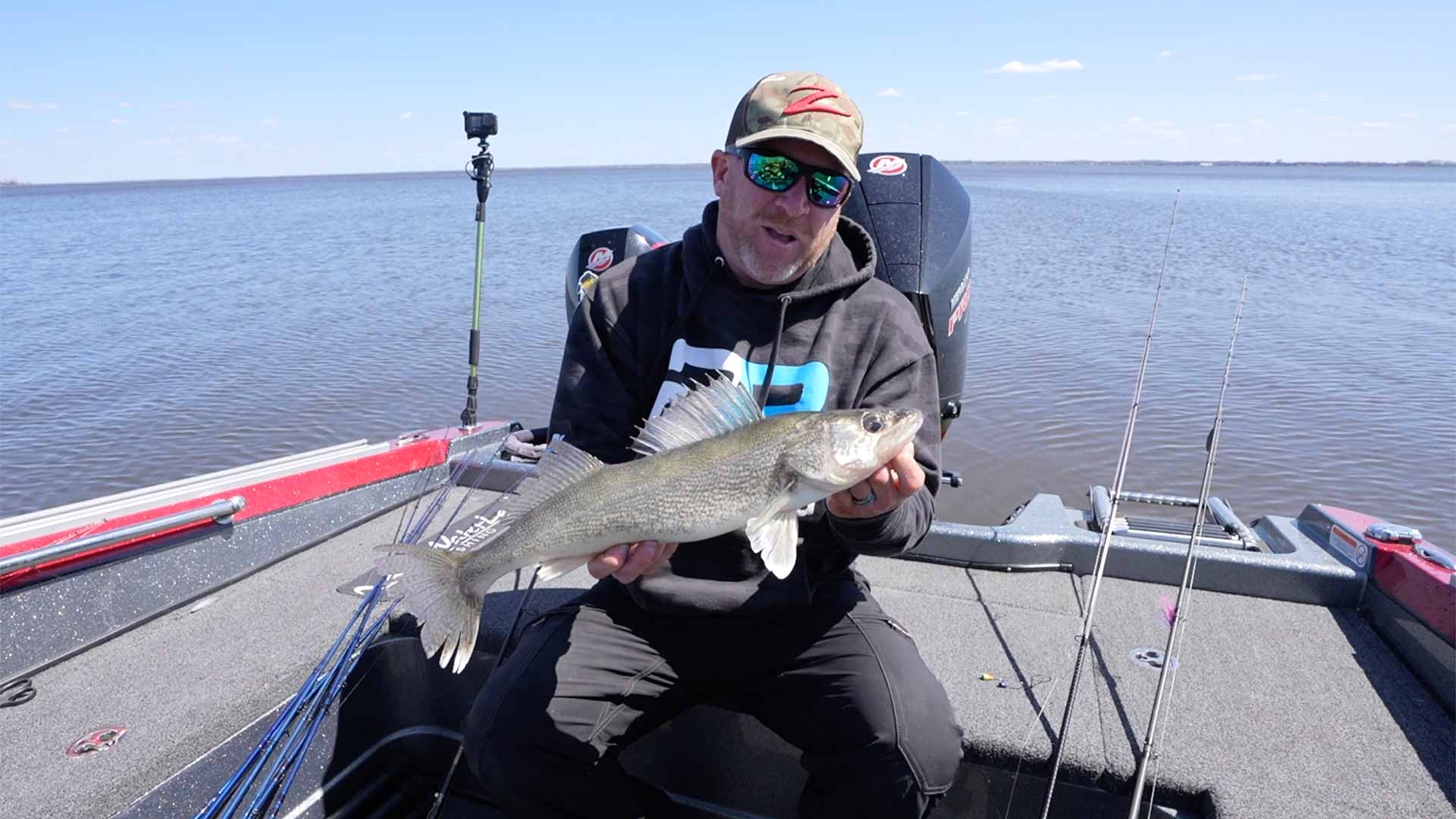Spawning Panfish
As water temperatures approach and rise above 60 F, spawning panfish like crappies and bluegills sweep out pit-type nests for spawning. In natural lakes, crappies love to spawn in deep reedbeds; areas with dark bottom and thick, tangled overhead cover host some of the biggest fish in the lake. Use polarized sunglasses to peer into the deepest, thickest clusters of reeds, searching for dark shadows that betray the presence of crappies. Hormonal changes around spawning time cause the fish to turn darker than normal, and they visibly stand out among the reed stalks.
Use a long spinning rod, light line and thin bobber to suspend a small jig, or a minnow hooked lightly through the back, in pockets and open lanes in the reeds. Patience is key, since you need to coax the fish to move out to the edges and bite. When they do, immediately lift them to the surface, and drag them into open water before they recover from the initial hookset. Then fight them in open water where they won’t tangle in the cover.
If reeds are not present, tangled lily pads roots, which look much like submerged pineapples, attract spawning crappies. As the fish sweep out nests, the expose the roots amidst the surrounding mucky bottom and lay their eggs atop the roots themselves. Not ideal, but often effective.
Bluegills often spawn along or adjacent to inside weedlines. Nests are often spread across sandy bottoms that support sparse sandgrass, which is actually a form of algae rather than a true weed. Sandgrass is brittle, with a distinctive musky odor. Depending on water clarity, fish may spawn as little as a foot deep in dark-water lakes, to 6 to 10 feet deep in clear ones, with the largest ‘gills typically spawning deeper than the small ones. If you’re only seeing and catching small bluegills, try fishing a little deeper. Look for the telltale signs of pit-type nests swept out of sandy bottom, indicating a colony of bluegills.
Like crappies, bigger bluegills often spawn in reedbeds—perhaps even adjacent to crappies, but usually not mixed right in with them. While similar tackle works for each species, the preferred bait often varies. Crappies love minnows, while bluegills often tend to favor worms. Bigger bluegills, however, can be fussy, and may ignore a simple piece of nightcrawler threaded on a hook. Try an entire small crawler. Or better yet, the king of all trophy bluegill baits, a small lively panfish leech hooked through the suction cup. Big ‘gills that ignore a crude, ragged piece of crawler may compete to rush and engulf a leech even before it descends to their level.
In river and reservoir environments lacking reeds and weedgrowth, flooded shoreline cover, submerged brush and fallen trees tend to draw spawning fish, assuming the proper depth and bottom content coincide. The back ends of bays and coves, out of the current, are prime spawning locales.
Panfish are usually abundant, and it’s OK to keep a few for eating, even at spawning time. Avoid overharvest of the larger specimens, however. They’re very valuable to maintaining the population at a healthy level, and you don’t want successive years to provide only smaller panfish with little chance for a trophy.









